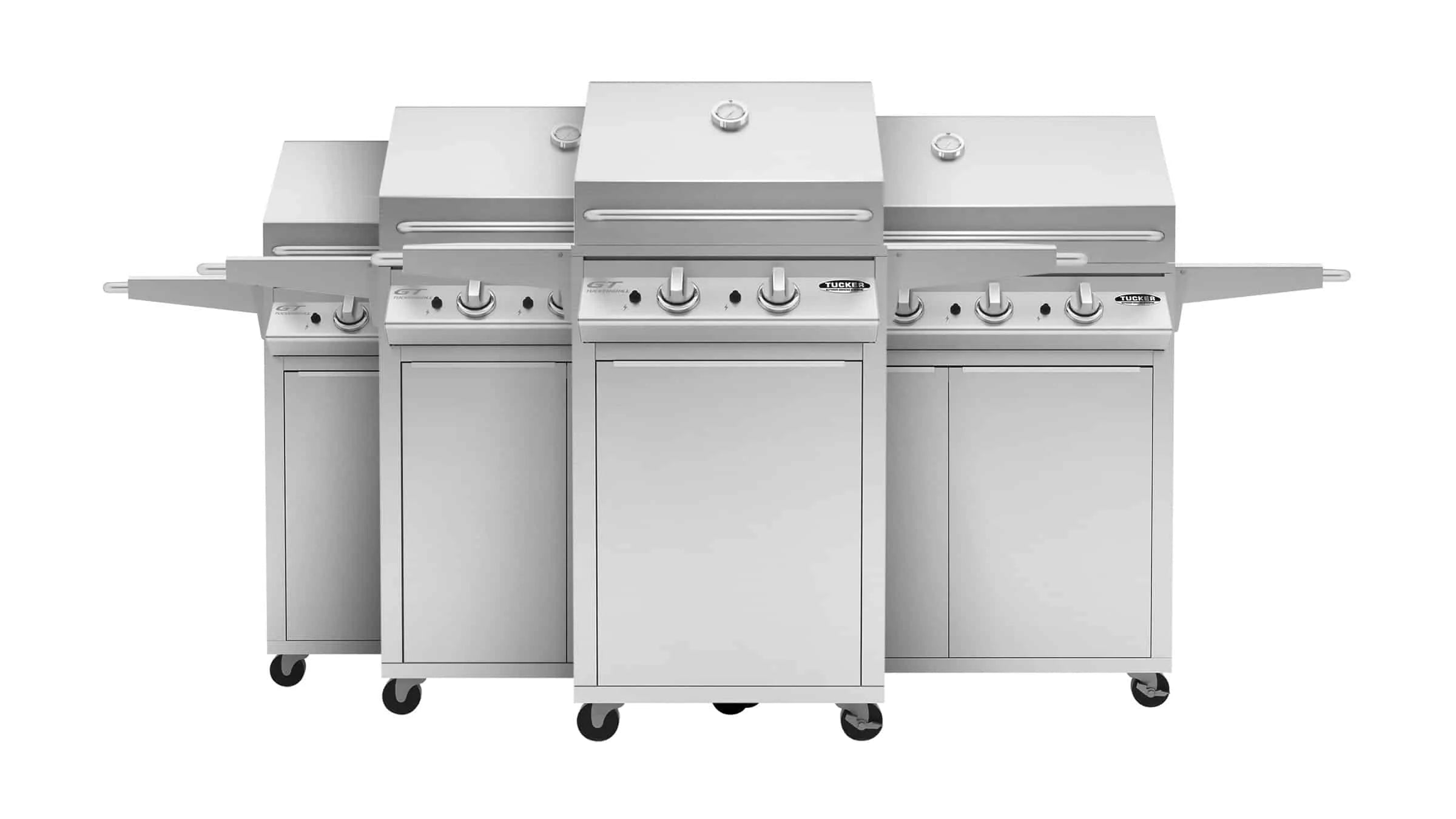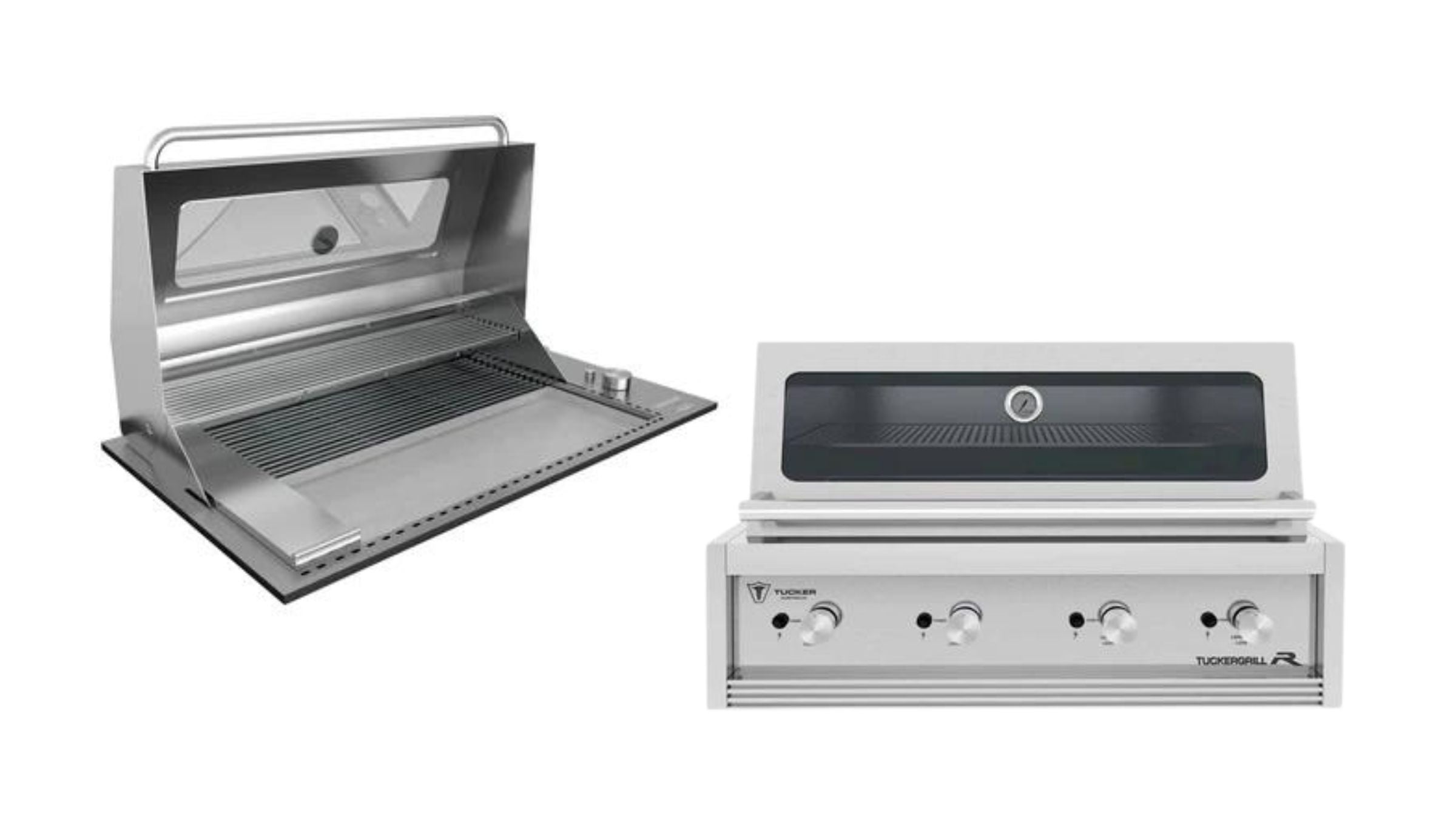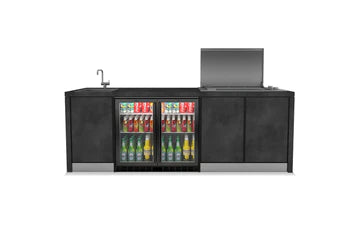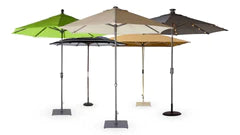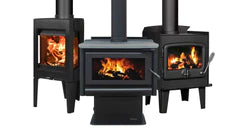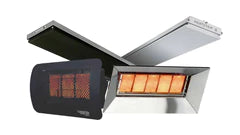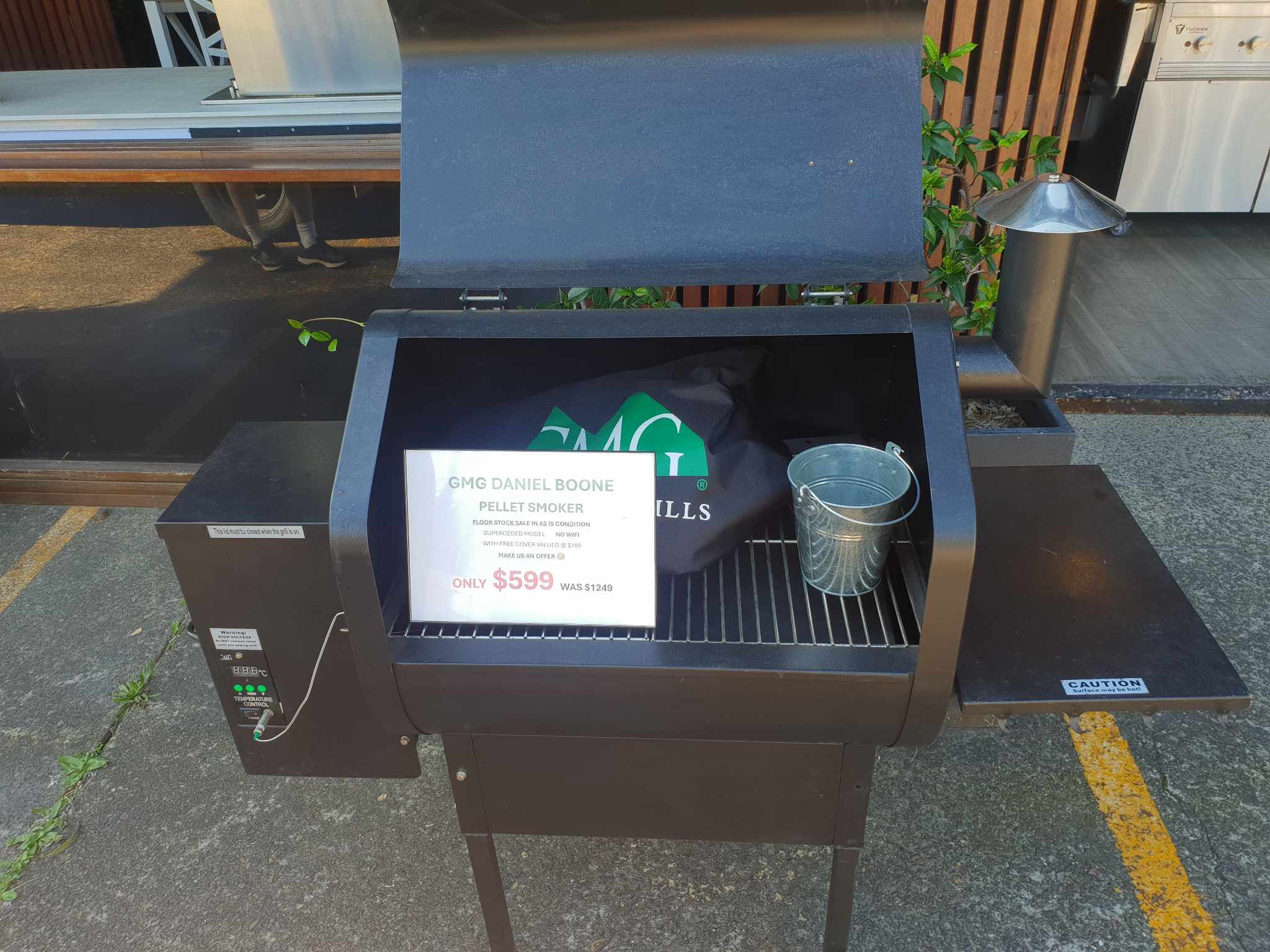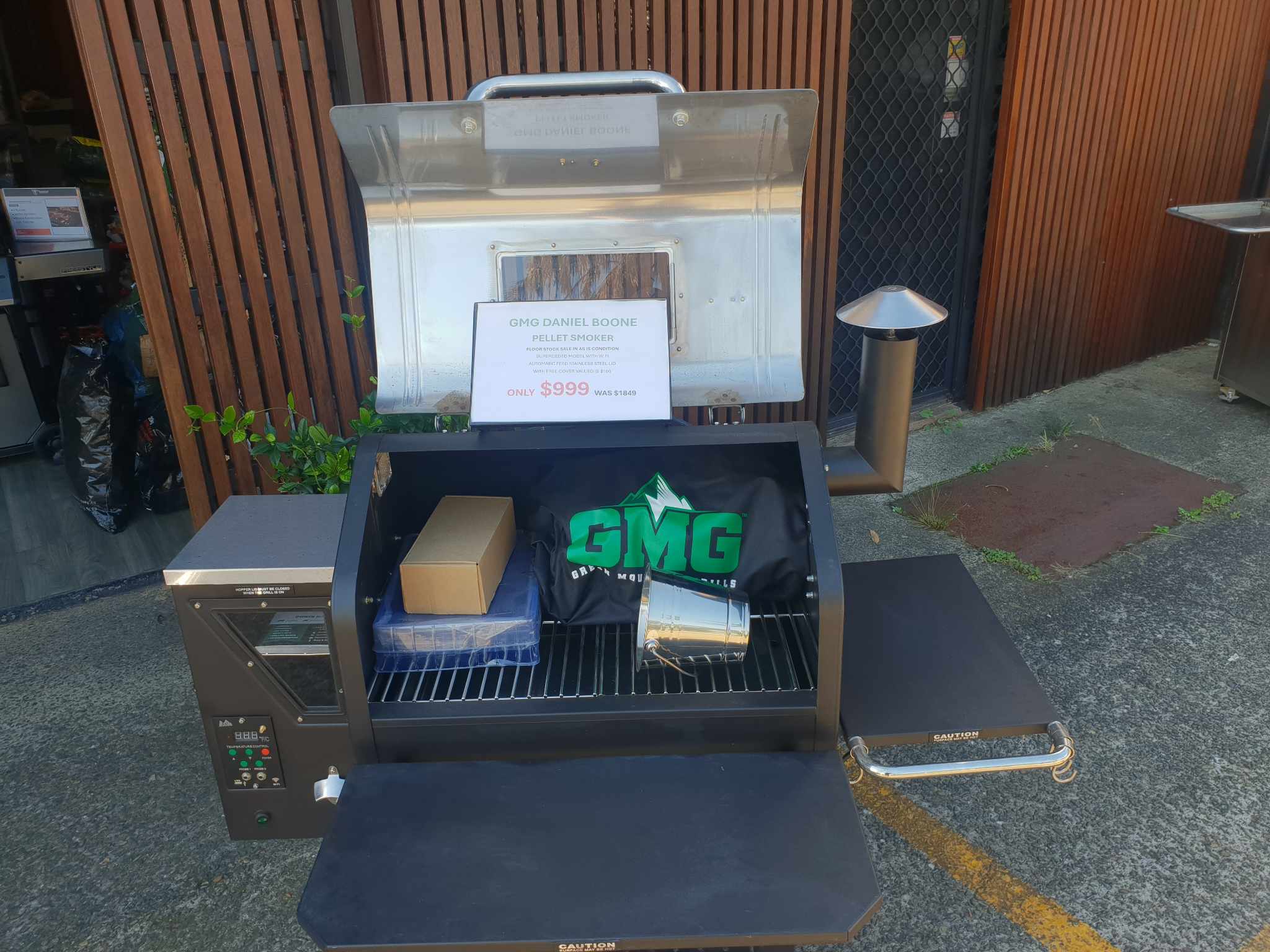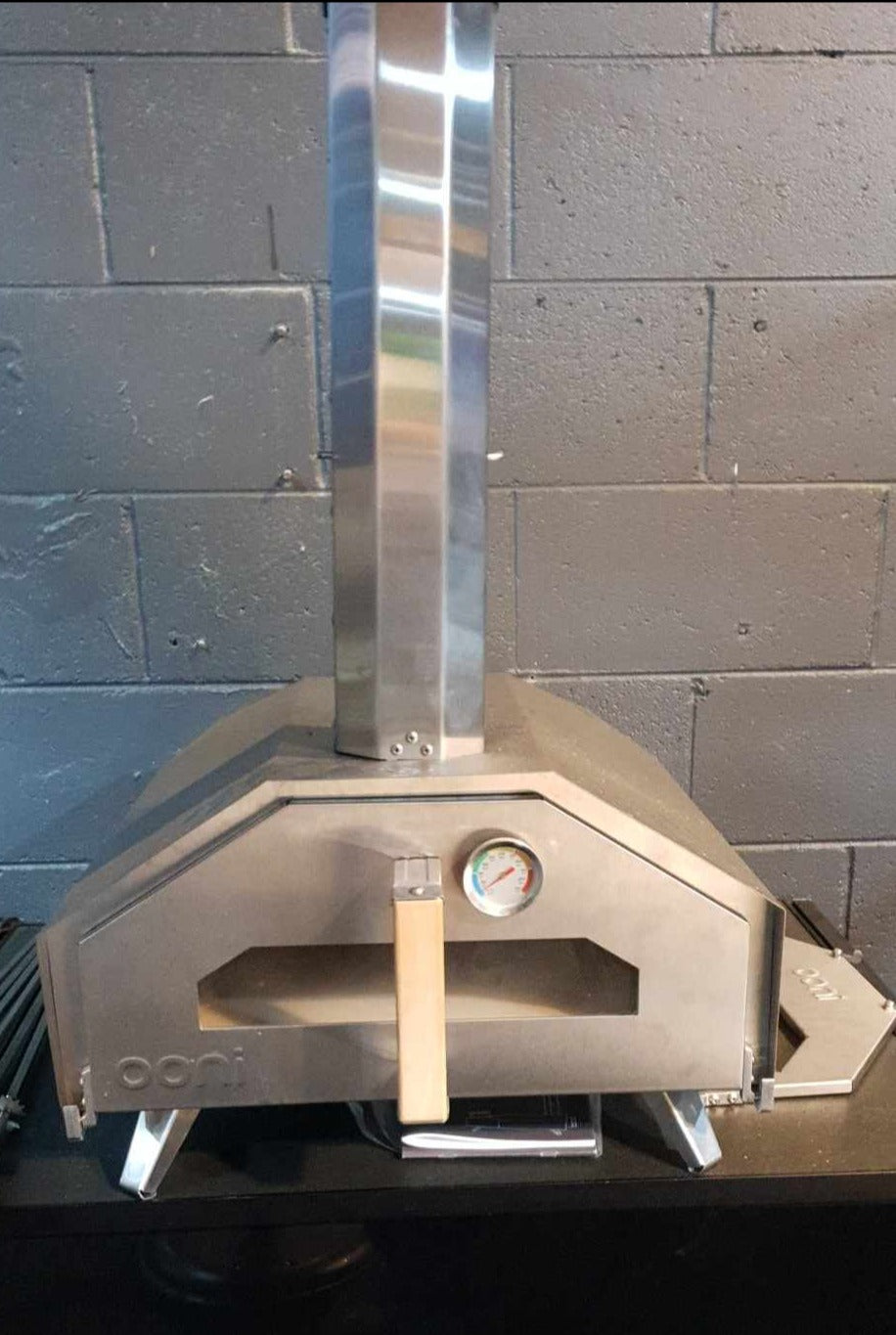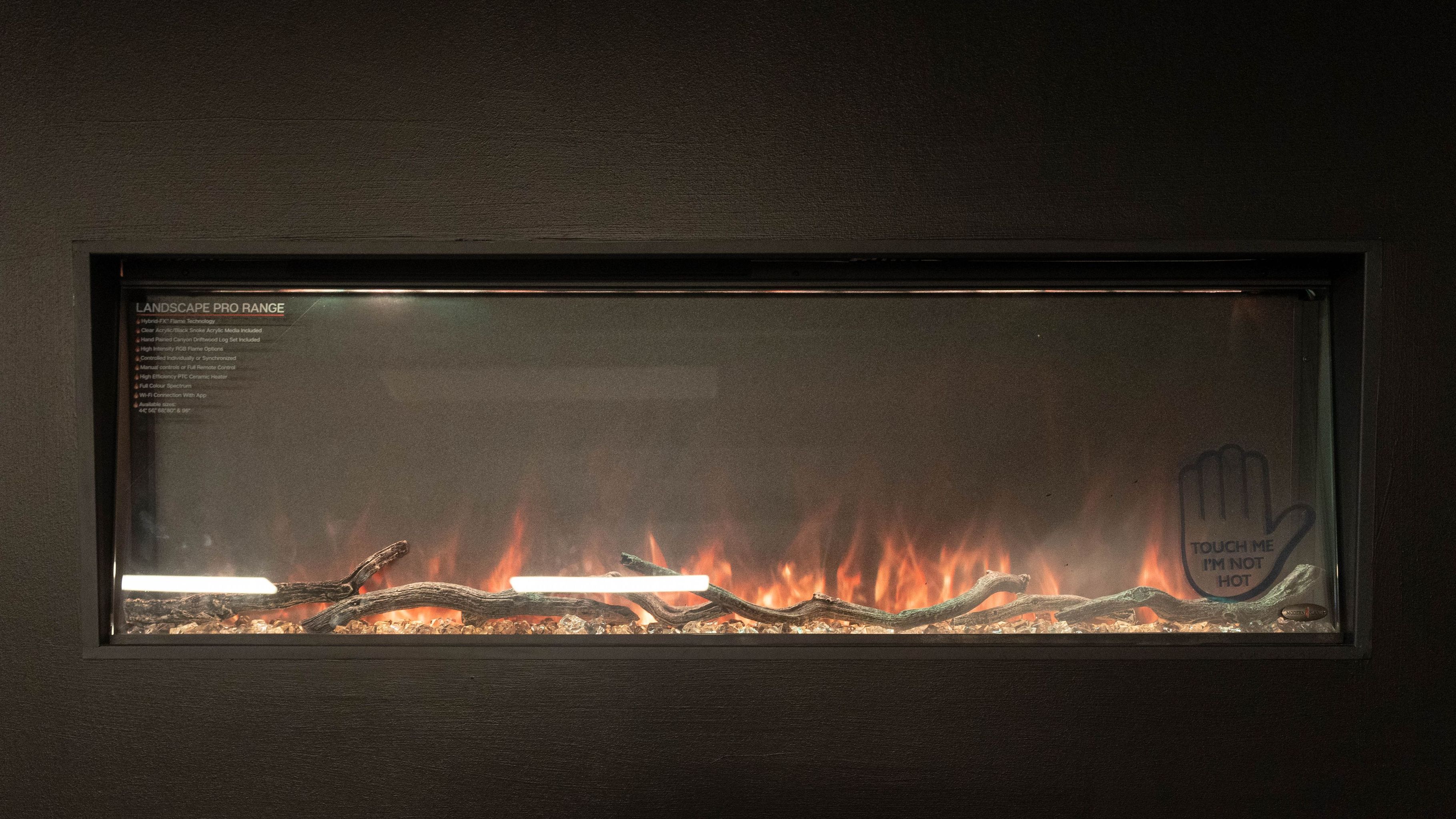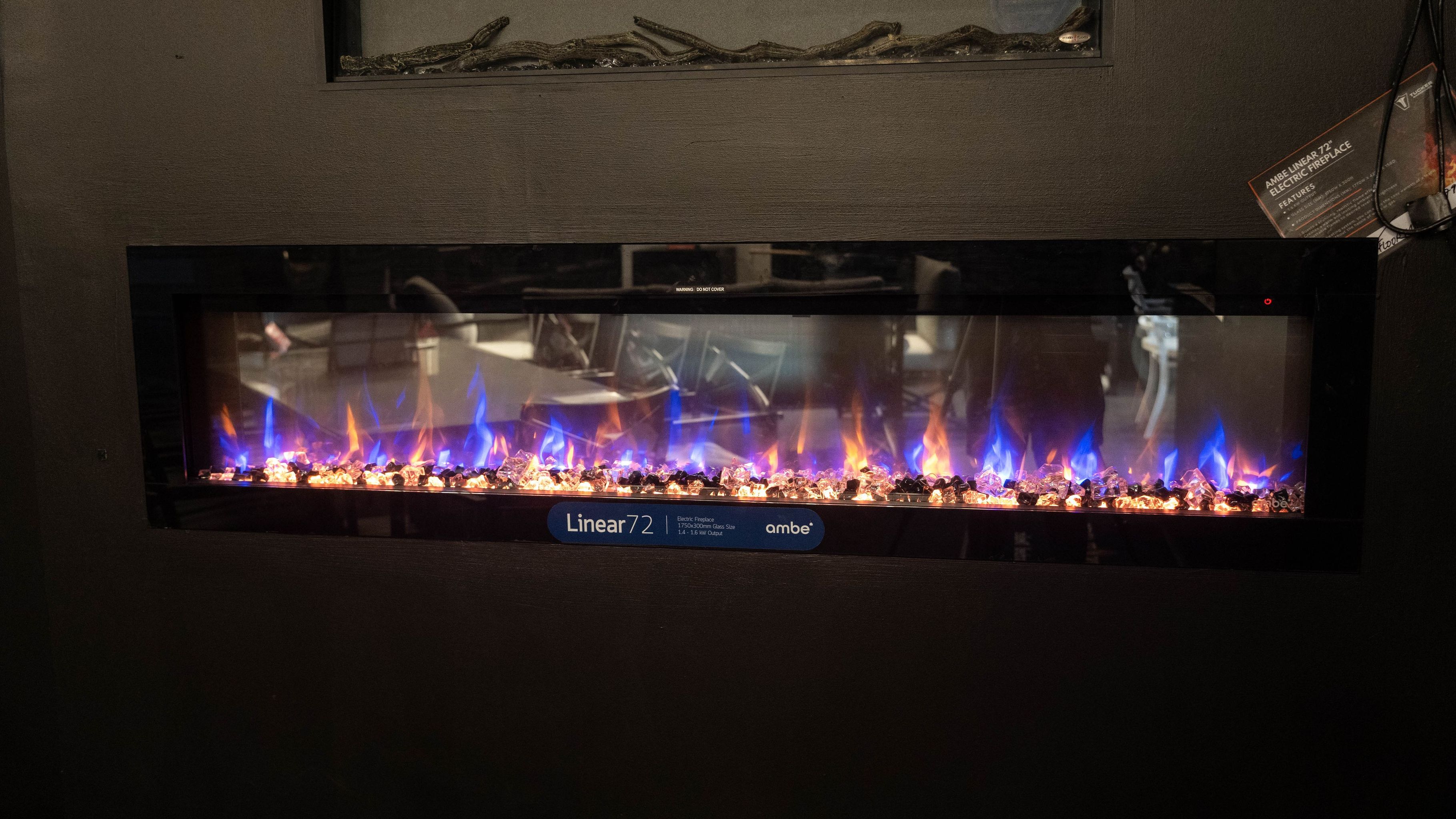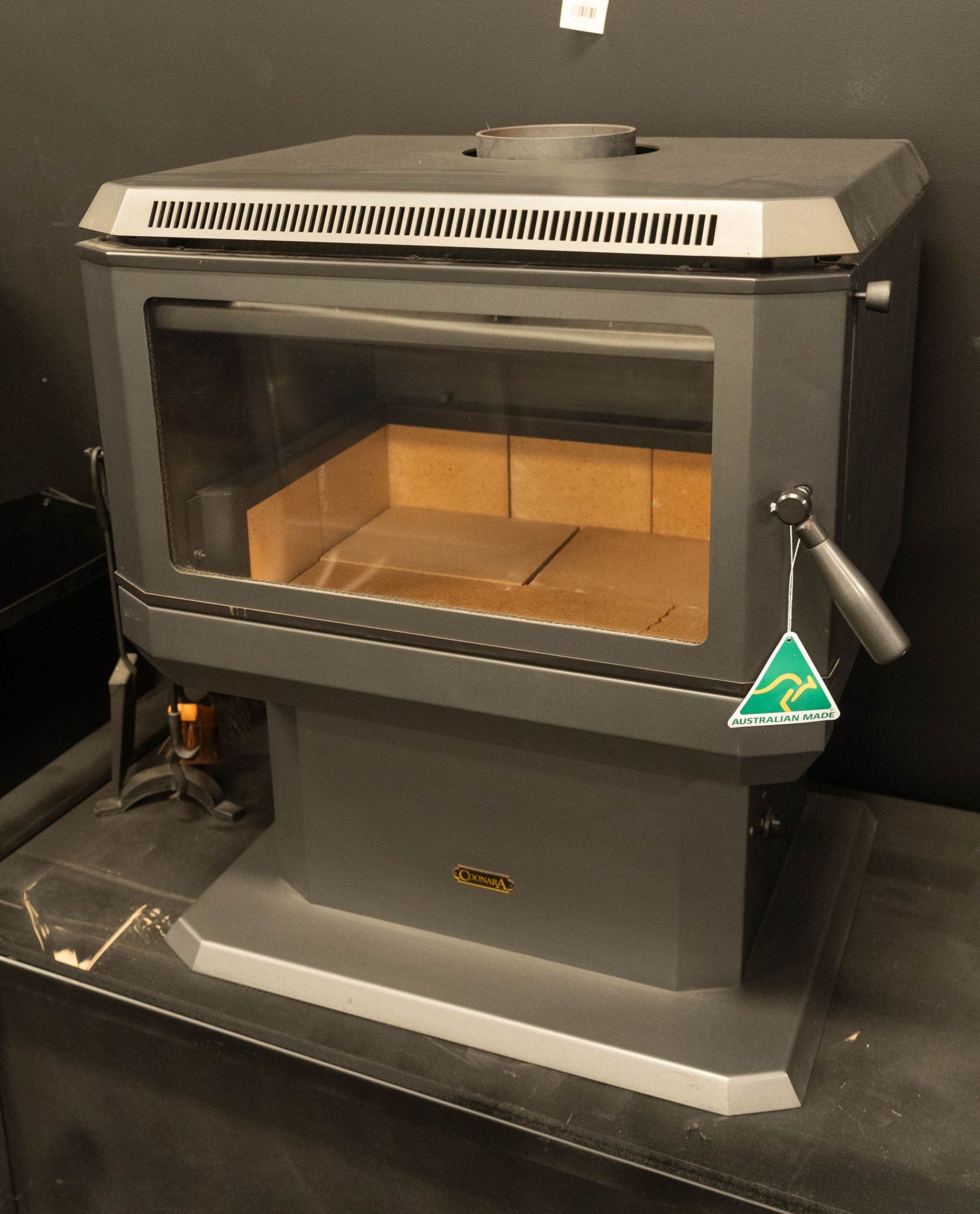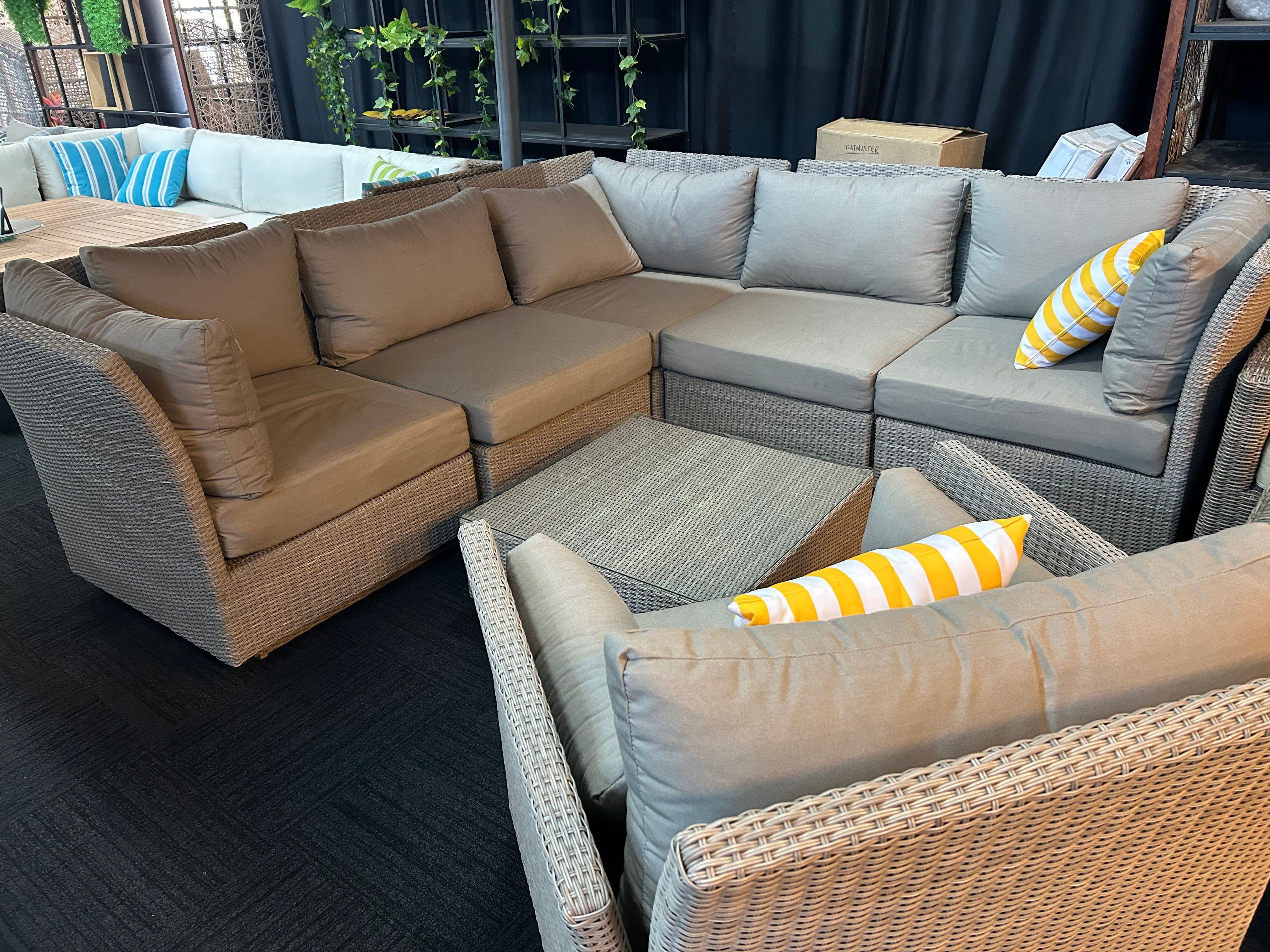Caring for Stainless Steel BBQs

To get the most out of your stainless steel products they need to be well cared for. Find out how below!
WHY IT NEEDS CLEANING?
Stainless steel needs to be regularly cleaned to maintain its aesthetic appeal and to prevent corrosion. A corrosion protection film exists on the surface of stainless steel and is formed when oxygen from the atmosphere combines with the chromium in the stainless steel to form a passive chromium oxide film. Not regularly cleaning your stainless steel products can lead to corrosion as the product can become contaminated by dirt and other materials, which then become trapped against the surface creating corrosive agents and reducing the effectiveness of the corrosion protection film.
Stainless steel is easily cleaned and thrives with frequent cleaning. Unlike other, softer materials, stainless steel cannot be worn out by excessive cleaning. The effects of surface or pattern roughness, grain or pattern orientation, and designs that allow for maximum rain cleaning should be considered.
HOW TO CARE FOR STAINLESS STEEL
To get the most out of your stainless steel products they need to be well cared for. Find out how below!
WHY IT NEEDS CLEANING?
Stainless steel needs to be regularly cleaned to maintain its aesthetic appeal and to prevent corrosion. A corrosion protection film exists on the surface of stainless steel and is formed when oxygen from the atmosphere combines with the chromium in the stainless steel to form a passive chromium oxide film. Not regularly cleaning your stainless steel products can lead to corrosion as the product can become contaminated by dirt and other materials, which then become trapped against the surface creating corrosive agents and reducing the effectiveness of the corrosion protection film.
Stainless steel is easily cleaned and thrives with frequent cleaning. Unlike other, softer materials, stainless steel cannot be worn out by excessive cleaning. The effects of surface or pattern roughness, grain or pattern orientation, and designs that allow for maximum rain cleaning should be considered.
TYPES OF SURFACES CONTAMINANTS
Like any surface material that is exposed to the environment, stainless steel can get dirty. Dirt and soil consists of accumulated dust and contaminants that come from many sources, ranging from the wind and weather to grime from everyday use.
These contaminants can vary greatly in their effect on appearance, corrosivity and ease of removal.
The type of contaminant will affect the type of cleaner needed to remove it;
while some contaminants are easily removed, others will require more force or specific products. Often, contaminants can be cleaned with warm water and detergent.
However, if that doesn't work, there are non-scratching abrasive powders, such as typical household cleaners, that can be used with warm water, bristle brushes, sponges or clean soft cloths.
Avoid carbon steel brushes, steel wool and scourers as they may leave particles embedded on the surface, and cause scratching which leads to rust. For stubborn messes, more aggressive cleaning will be needed; in this instance, a small amount of vinegar can be added to the scouring powder.
Cleaning should always be followed by rinsing in clean hot water and then wiping the surface completely with dry towels.
FINGERPRINTS AND STAINS
Stainless steel not only adds a luxurious feel to your outdoor kitchen, but it is also the most durable material for lasting outdoor use.
However, it becomes visibly dirty with fingerprints and stains if not cared for properly.
Here are some simple tips that you can use to make your stainless steel look fresher and cleaner:
- Clean it with water and mild soap, using a soft cloth.
- Clean it with white vinegar by using a soft cloth.
- If the stains and fingerprints persist, you can clean it with soda water and wipe it with a soft cloth
- To add some shine to your stainless steel, wipe it down with a small amount of olive oil to protect it from any contaminants
- If you want to polish your stainless steel, we recommend you use Tucker Stainless Steel Polish.
OIL & GREASE
Grease, oil and other contaminants may soil surfaces during food preparation and many other household situations.
These soils may be corrosive so periodic removal is a necessity. Soap and warm water or a combination of detergent, water and a solvent should do the trick. If this does not work, another removal option is immersing stainless steel into chemical solvents. This process, in its simplest form, consists of putting liquid solvent onto the surface that needs to be cleaned and allowing dissolution to take place (where the chemical will work away at the contaminant).
Non-halogenated solvents, such as acetone, ethyl alcohol, mineral spirits, and turpentine work well. While these cleaners can be used as individual substances, but there are also numerous blended or compounded cleaners available.
Users are advised to check the packaging or contact the suppliers of the solvents to gain information about the use of the chemical on stainless steel surfaces.
TYPES OF SURFACES CONTAMINANTS
Like any surface material that is exposed to the environment, stainless steel can get dirty. Dirt and soil consists of accumulated dust and contaminants that come from many sources, ranging from the wind and weather to grime from everyday use.
These contaminants can vary greatly in their effect on appearance, corrosivity and ease of removal.
The type of contaminant will affect the type of cleaner needed to remove it;
while some contaminants are easily removed, others will require more force or specific products. Often, contaminants can be cleaned with warm water and detergent.
However, if that doesn't work, there are non-scratching abrasive powders, such as typical household cleaners, that can be used with warm water, bristle brushes, sponges or clean soft cloths.
Avoid carbon steel brushes, steel wool and scourers as they may leave particles embedded on the surface, and cause scratching which leads to rust. For stubborn messes, more aggressive cleaning will be needed; in this instance, a small amount of vinegar can be added to the scouring powder.
Cleaning should always be followed by rinsing in clean hot water and then wiping the surface completely with dry towels.
FINGERPRINTS AND STAINS
Stainless steel not only adds a luxurious feel to your outdoor kitchen, but it is also the most durable material for lasting outdoor use.
However, it becomes visibly dirty with fingerprints and stains if not cared for properly.
Here are some simple tips that you can use to make your stainless steel look fresher and cleaner:
- Clean it with water and mild soap, using a soft cloth.
- Clean it with white vinegar by using a soft cloth.
- If the stains and fingerprints persist, you can clean it with soda water and wipe it with a soft cloth
- To add some shine to your stainless steel, wipe it down with a small amount of olive oil to protect it from any contaminants
- If you want to polish your stainless steel, we recommend you use Tucker Stainless Steel Polish.
OIL & GREASE
Grease, oil and other contaminants may soil surfaces during food preparation and many other household situations.
These soils may be corrosive so periodic removal is a necessity. Soap and warm water or a combination of detergent, water and a solvent should do the trick. If this does not work, another removal option is immersing stainless steel into chemical solvents. This process, in its simplest form, consists of putting liquid solvent onto the surface that needs to be cleaned and allowing dissolution to take place (where the chemical will work away at the contaminant).
Non-halogenated solvents, such as acetone, ethyl alcohol, mineral spirits, and turpentine work well. While these cleaners can be used as individual substances, but there are also numerous blended or compounded cleaners available.
Users are advised to check the packaging or contact the suppliers of the solvents to gain information about the use of the chemical on stainless steel surfaces.

If you ever have any questions regarding the care and maintenance of your Tucker products please give us a call on 02 9748 8368 and our friendly staff will happily help you find the best solution for your product!
BACK TO ALL BLOGS
